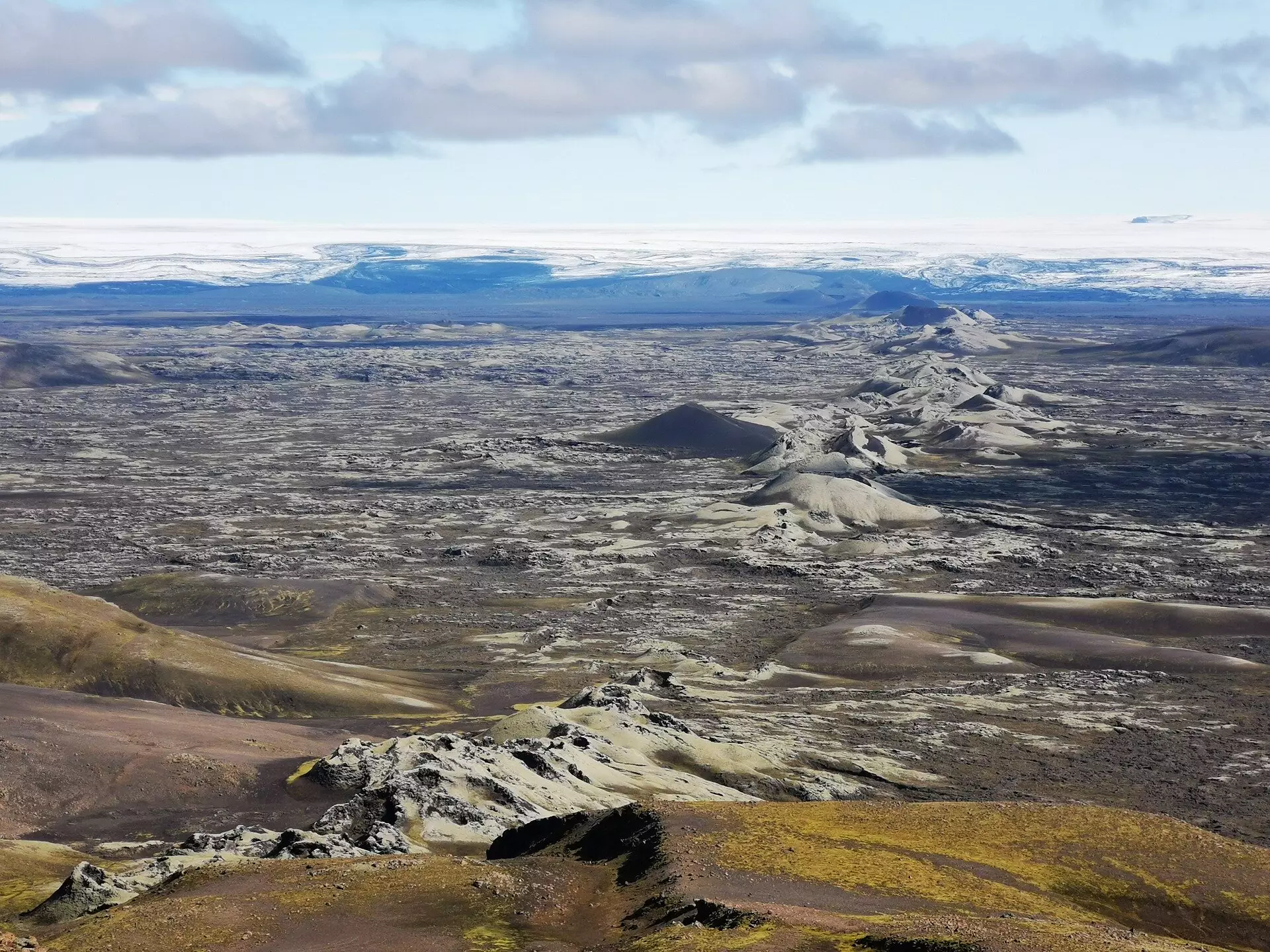Humanity’s understanding of Earth’s past has dramatically evolved, particularly with advancements in geological sciences. A groundbreaking study conducted by Xianzhi Cao and his team at the Ocean University in China has successfully reconstructed the movements of tectonic plates over the last 1.8 billion years—a significant leap into Earth’s geological history. For the first time, these researchers utilized geological records to map the past continental configurations, revealing intricate patterns in the dance of the Earth’s lithosphere. The resulting animation, a visual representation of this evolutionary journey, brilliantly encapsulates the shifting continents, thereby offering not just data but a captivating narrative of our planet’s development.
By using a combination of information derived from rock formations, scientists can pinpoint key events in the Earth’s geological history. Starting with familiar modern geography, the study illustrates sequences where the Indian subcontinent drifted southward, simultaneously detailing the disintegration and reformation of the ancient supercontinent Gondwana. As the map unfurls, viewers witness the connection between Gondwana and other landmasses about 200 million years ago, a period when dinosaurs ruled the Earth. This nostalgic depiction takes us back to Pangea, the colossal supercontinent that eventually gave rise to the tectonic puzzles we recognize today.
Plate tectonics is not merely a geological phenomenon; it is a cornerstone that sustains life on Earth. Unlike any other known planet in our solar system, Earth’s surface is segmented into plates that clash, slide, and pull apart. This perpetual motion results in the formation of diverse geological structures such as mountains and ocean basins. These activities are more than just natural occurrences; they are intricately linked to essential life-giving elements.
The rise of mountains and erosion processes push minerals and elements from deep within the Earth’s crust into ecosystems, critical for organic life. Among these are phosphorus and molybdenum, vital for forming DNA and proteins. In this way, plate tectonics serves as a conduit for nutrient cycling, allowing these elements to become accessible to flora and fauna alike. Additionally, tectonic activities interact with atmospheric carbon dioxide, playing a crucial role in modulating Earth’s long-term climate patterns.
Understanding these dynamics is essential, particularly as humanity grapples with contemporary climate challenges. Mapping Earth’s tectonic past serves not only as a historical record but as a predictive tool. It helps scientists form hypotheses regarding Earth’s climatic extremes, such as the enigmatic “Snowball Earth” events or the accumulation of oxygen in the atmosphere. Insights gained from these reconstructions allow geologists and biologists to assess the feedback mechanisms between Earth’s interior and its life-sustaining surface environment.
The correlation between geological and biological processes underscores the significance of tectonic studies. The emergence of complex life forms—a pivotal moment in Earth’s story—can be traced back to around 1.65 billion years ago, coinciding with the formation of the supercontinent Nuna. With monumental mountain chains being birthed during that era, researchers intend to explore how these geological features influenced nutrient availability, potentially catalyzing the evolution of complex life.
In addition to influencing the conditions for complex cell development, tectonic processes have lasting implications on ocean chemistry. A substantial portion of Earth’s biomass engages in photosynthesis, contributing oxygen to the atmosphere. This oxygen then permeates oceans, affecting the solubility and precipitation of crucial metals such as copper and cobalt, which form important ore deposits. Volcanoes, frequently located along plate boundaries, are primordial sources of these metals, illustrating the interconnectedness of geological events with the earth’s biogeochemical cycles.
As we venture further into our explorations of both Earth and beyond, the insights gained from studying the planet’s tectonic history become increasingly significant. The existing attempt to map 1.8 billion years of tectonic movements is only a preliminary step towards a more comprehensive digital model of Earth’s geological evolution. Future investigations will refine our current understanding, paving the way for elaborate reconstructions of Earth’s past.
The journey through Earth’s geological timeline teaches us there is much to uncover beneath our feet. The rocks we tread upon are historical records, holding clues that chronicle Earth’s transformations over its 4.6 billion years of existence. As researchers continue to peel back the layers of geological history, the rich tapestry of our planet’s narrative will not only illuminate the past but will also inspire future generations to safeguard the unique environment we inhabit. The quest to meticulously unravel Earth’s mysteries symbolizes a commitment to understanding the intricate relationships that define life on our planet.

